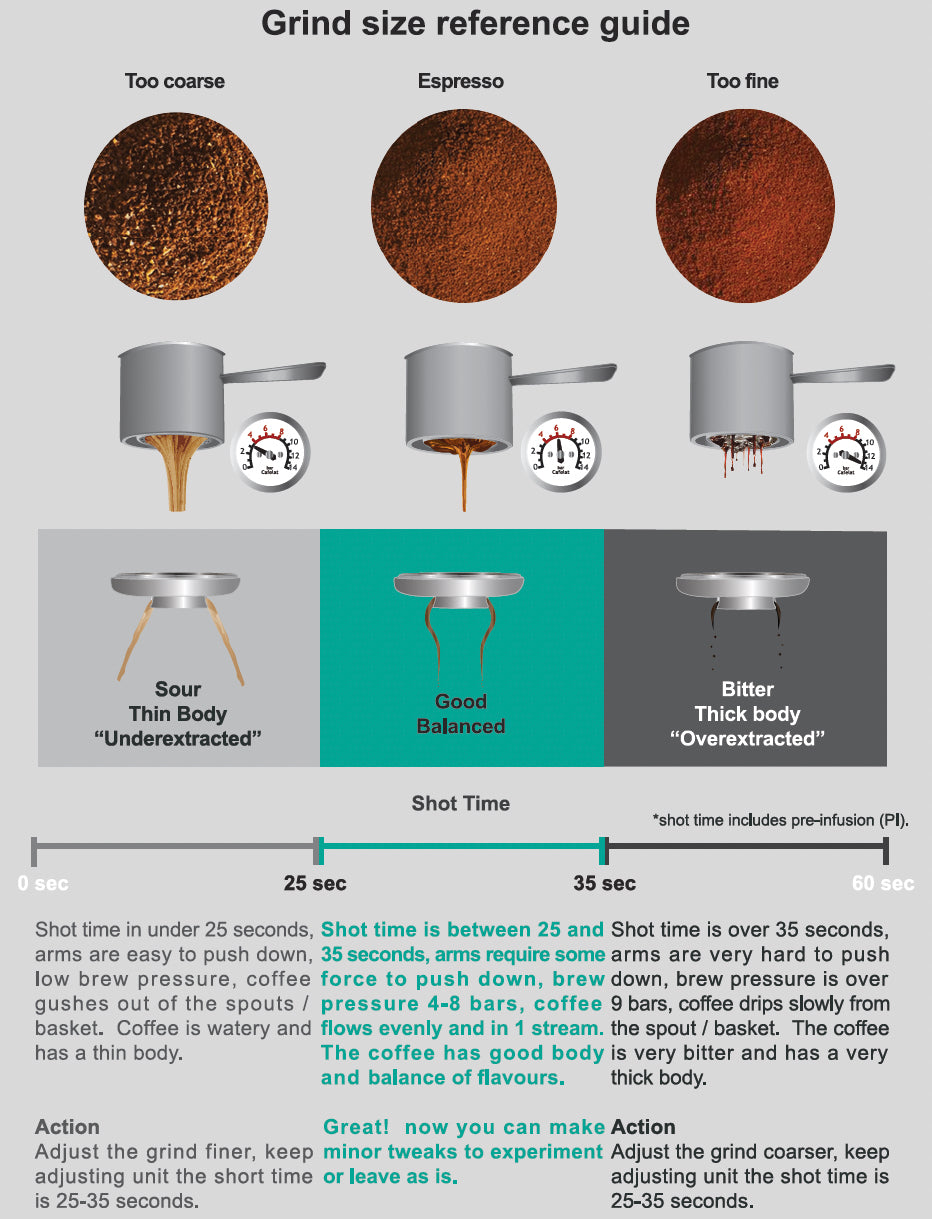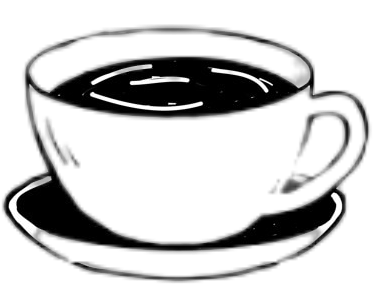Dive into the features and performance in our DeLonghi Magnifica Evo review
Espresso enthusiasts and home baristas understand that timing plays a crucial role in crafting a perfect shot of espresso. The key to a rich, well-balanced cup lies in how accurately you time the extraction process. When done right, it can transform an average espresso into an extraordinary one, offering an ideal blend of flavors, aromas, and textures. This article explores the importance of precise timing in espresso extraction and provides actionable strategies to help you master this skill, resulting in café-quality espresso right in your own kitchen. Learn why this classic model stands out in our DeLonghi Magnifica S review

Product Review Conclusion: The Role of Timing in Espresso Extraction
Timing is one of the most critical factors that influence the flavor profile and quality of your espresso. From the moment the hot water meets the finely ground coffee to the final pour, every second matters. Mastering this process allows you to enjoy consistently perfect espresso shots that highlight the coffee’s natural sweetness, acidity, and velvety body. Discover the convenience and technology in our Philips LatteGo 5400 review
Understanding the Importance of Accurate Timing in Espresso Quality
Espresso extraction is a delicate process, where the timing is as important as the grind size and coffee dose. The goal is to extract a balanced mix of flavors from the coffee grounds, ensuring a sweet, aromatic, and well-rounded shot. A properly timed extraction lasts between 25 and 35 seconds, striking the ideal balance between extracting the good flavors and avoiding undesirable bitterness or sourness. Explore the compact design and features in our Philips 3200 LatteGo review
- Under-extraction: If the extraction time is too short (less than 25 seconds), the espresso may taste underdeveloped, sour, or weak.
- Over-extraction: If the shot extends beyond 35 seconds, bitterness and dryness can dominate, masking the coffee's natural flavors.
Finding the sweet spot between these extremes is essential for achieving an espresso shot that is both flavorful and smooth. A consistent extraction time also ensures that each shot is of the highest quality, whether you're pulling a single or double shot. Get all the details on versatility and functionality in our Philips 4300 LatteGo review
When to Start the Timer: Pressing the Button or Waiting for the First Drip?
There are two primary methods used to start the timer for espresso extraction: pressing the extraction button or waiting for the first visible drip. Both approaches have their merits, but the choice depends on your machine and personal preferences.
- Pressing the Button: Starting the timer as soon as you press the button includes the pre-infusion phase, where the coffee grounds are gently moistened before full pressure is applied. This method often leads to more consistency in your shots.
- First Drip: Starting the timer once the first drip appears focuses on the active extraction phase, providing more control over the final flavor profile.
Ultimately, the method you choose should align with your coffee setup, beans, and desired flavor characteristics. Experimenting with both techniques can help you determine the best approach for your particular taste.
Finding the Ideal Extraction Time: The Sweet Spot for Your Brew
Most espresso professionals agree that the ideal extraction time falls between 25 and 35 seconds. Within this window, you'll be able to extract the full spectrum of flavors without straying into bitterness or sourness.
- Under 25 seconds: If your espresso shot finishes too quickly, it’s likely under-extracted, resulting in sourness and a lack of depth.
- Over 35 seconds: Conversely, a shot that runs too long will be over-extracted, producing a bitter and dry taste.
By sticking to the 25-35 second window and adjusting other variables like grind size and coffee dose, you can consistently pull perfect shots. Over time, you’ll develop an intuitive sense of the ideal extraction time that works best for your coffee.
Adjusting the Grind Size for Consistent Timing
One of the most significant factors that impact extraction time is the grind size. The fineness of your coffee grounds directly affects how long water takes to pass through the coffee bed.
- Finer Grind: A finer grind increases the resistance against the water flow, which slows down the extraction time and results in a longer shot.
- Coarser Grind: A coarser grind allows water to flow more easily through the grounds, leading to a quicker extraction and potentially a weaker shot.
To maintain an extraction time within the optimal 25-35 seconds, adjust the grind size based on your shot duration. If your shots are running too quickly, switch to a finer grind, and if they're too slow, opt for a coarser grind. Proper calibration will help you achieve the desired flavor profile.
Tasting as the Ultimate Quality Control
While timers and grind adjustments are important, your taste buds should always be the final judge of a good espresso shot. No matter what the timer says, the true test lies in the flavor.
- Balanced Espresso: A well-timed shot should have a perfect balance of sweetness, acidity, and a smooth, velvety body. If the shot tastes sour, under-extraction may be the culprit, requiring a finer grind or a longer extraction.
- Bitter Espresso: If the shot is overly bitter, it’s likely over-extracted. In this case, a coarser grind or a shorter extraction time will help restore balance.
By regularly tasting your espresso, you’ll learn how to fine-tune your technique, ensuring that each shot meets your personal preferences.
Troubleshooting Common Extraction Problems
Even the most experienced baristas can run into issues during espresso extraction. Here's how to solve some of the most common problems:
- Under-Extraction: If the shot tastes sour and runs too quickly, it's under-extracted. To fix this, try using a finer grind, adding more coffee, or slightly extending the extraction time.
- Over-Extraction: If the shot runs too long and tastes bitter, you’re dealing with over-extraction. Adjust the grind to be coarser, reduce the coffee dose, or shorten the extraction time to mitigate the bitterness.
Enhancing Flavor with Pre-Infusion Techniques
Pre-infusion is a technique where a small amount of water is introduced to the coffee grounds before full pressure is applied. This helps to saturate the grounds evenly and reduces the chance of channeling, where uneven water flow leads to inconsistent extraction.
Including the pre-infusion phase in your overall extraction time can help enhance consistency and flavor. Many modern espresso machines come equipped with automatic pre-infusion settings, but you can also achieve this manually by pausing the pump briefly after starting the extraction.
Adjusting Brew Ratios to Fine-Tune Flavor Complexity
The brew ratio, or the amount of coffee used in relation to the final yield, is another variable you can adjust to influence the flavor of your espresso.
- Lighter Roasts: These beans often benefit from a longer yield (e.g., 1:2.5), which enhances their bright, fruity notes.
- Darker Roasts: Dark roasts tend to do better with a more concentrated ratio (e.g., 1:2) to preserve their bold, chocolatey flavors.
Experimenting with brew ratios, along with timing adjustments, can help you unlock a wide range of flavors, allowing you to create a more personalized espresso experience.
Balancing Precision and Sensory Feedback
While precise tools like timers, scales, and grinders help ensure consistency, never underestimate the power of sensory feedback. Over time, you'll develop a refined palate that allows you to recognize when a shot is perfect or needs tweaking. Trusting your taste buds, alongside the technical factors, helps you continuously improve your espresso-making skills.
Adapting Extraction Times for Different Coffee Beans
Every coffee bean is unique, and various roasts or origins may require slight adjustments in timing and grind size.
- Light Roasts: These tend to require longer extraction times to fully express their acidity and brightness.
- Dark Roasts: Darker beans may benefit from shorter extractions to avoid over-extraction and the resulting bitterness.
Experimenting with different beans and making subtle timing and grind adjustments can help you extract the best flavors from each batch.

Conclusion: Mastering Espresso Extraction for Perfect Shots Every Time
Mastering the timing of espresso extraction is essential for creating consistently high-quality coffee. By understanding the impact of extraction time, grind size, pre-infusion, and brew ratios, you can elevate your home espresso-making game to professional standards. Consistency and attention to detail are key, and with regular practice, you can enjoy the rich, full-bodied espresso you’ve always dreamed of, all from the comfort of your own kitchen.
By perfecting your espresso timing, you’ll not only impress yourself but also anyone lucky enough to taste your barista-quality brew.
Frequently Asked Questions
What is the ideal extraction time for espresso?The ideal espresso extraction time typically ranges from 25 to 35 seconds. This window allows for a balanced shot that highlights the coffee’s natural sweetness, acidity, and body, while avoiding bitterness or sourness.
When should I start the timer for espresso extraction?There are two common methods: starting the timer when you press the button, which includes the pre-infusion phase, or starting it when the first drip appears, which isolates the active extraction. Both methods are valid, so experiment to find which works best for you.
How can I fix a shot that tastes sour or weak?If your espresso finishes too quickly and tastes sour, it’s likely under-extracted. To fix this, use a finer grind, increase the coffee dose, or extend the extraction time slightly.
Why does my espresso taste bitter when it takes too long?Over-extraction occurs when the water passes through the grounds for too long, pulling out bitter flavors. To resolve this, use a coarser grind, reduce the coffee dose, or shorten the extraction time.
What is pre-infusion and how does it affect the timing?Pre-infusion is the process of gently saturating the coffee grounds before applying full pressure. It helps to ensure an even extraction and reduce channeling. Including pre-infusion in your total extraction time can enhance flavor consistency.
Can I rely only on timing for a great espresso?Timing is important, but your taste should always be the ultimate guide. Even with perfect timing, variables like grind size, brew ratio, and bean choice affect the flavor. Adjust these factors to achieve the best taste.
How do different coffee beans affect espresso extraction?Different beans, especially in terms of roast and origin, may require adjustments in grind size and extraction time. Light roasts often benefit from longer extraction times to highlight acidity, while dark roasts may need shorter shots to prevent bitterness.
What is the best grind size for espresso?For espresso, the grind size should be fine, but not too powdery. If your shots are running too quickly and taste sour, use a finer grind. If they’re too slow and bitter, go for a coarser grind.
Why is consistency important in espresso extraction?Consistency ensures that you can replicate the same high-quality shot every time. Tools like timers, scales, and grinders help, but regular tasting is essential for adjusting your technique and maintaining balance.
Can I adjust the brew ratio to affect flavor?Yes, adjusting the brew ratio—such as using more coffee for a stronger shot or less for a lighter one—can significantly influence the flavor. Lighter roasts often benefit from a higher ratio (e.g., 1:2.5), while darker roasts perform better with a 1:2 ratio.
